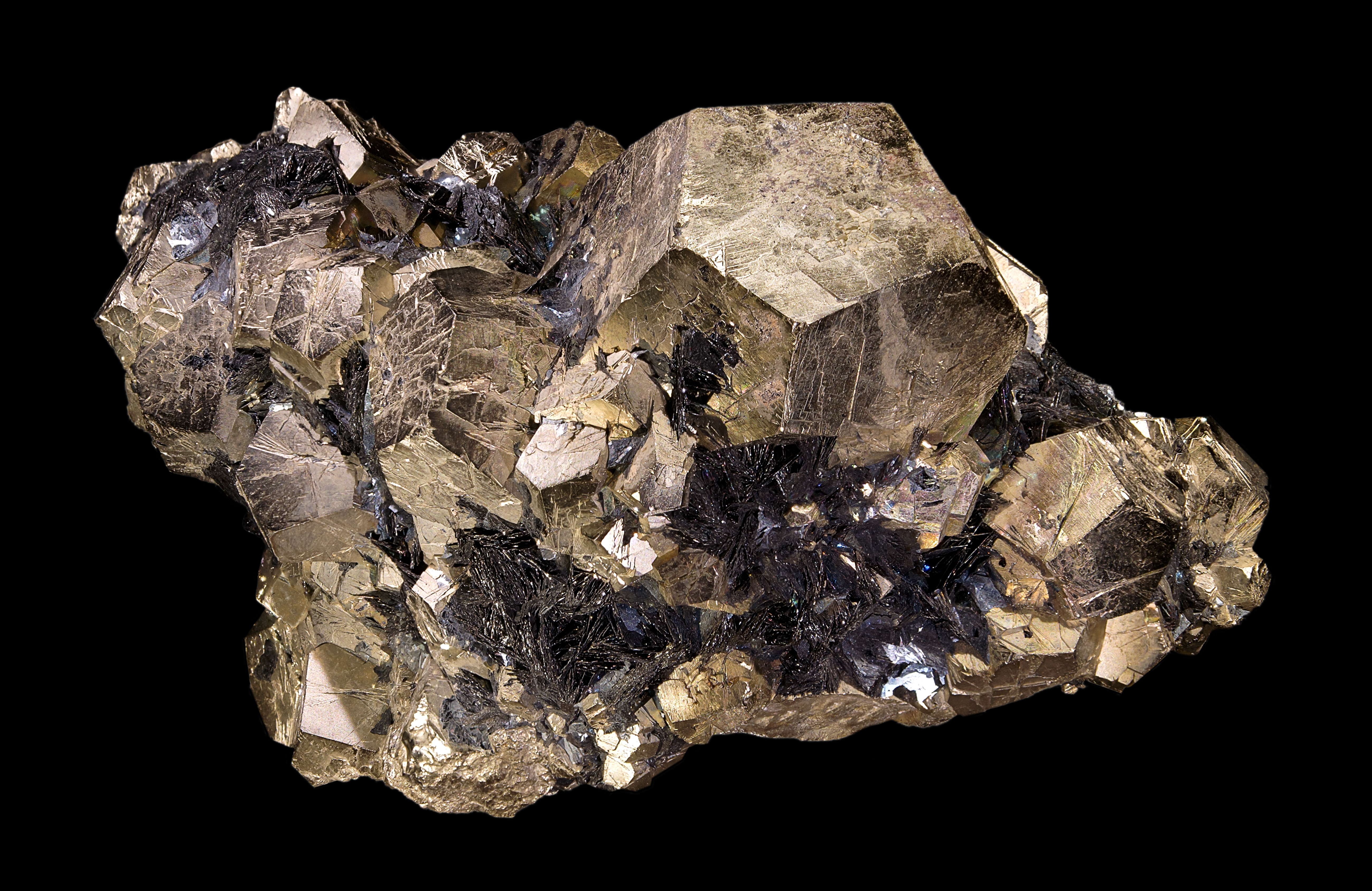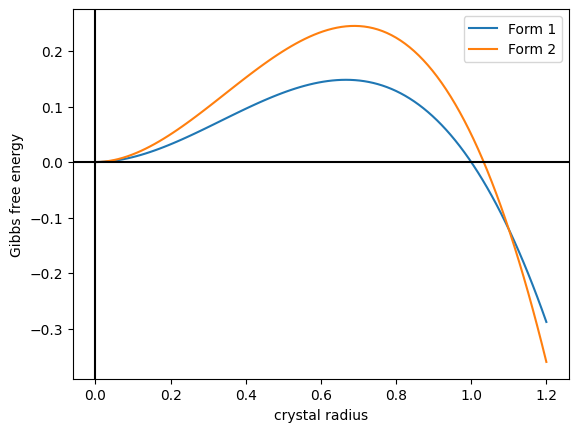|
Talnakhite
Talnakhite is a mineral of chalcopyrite group with formula: Cu9(Fe, Ni)8S16. It was named after the Talnakh ore deposit, near Norilsk in Western Siberia, Russia where it was discovered as reported in 1963 by I. Budko and E. Kulagov. It was officially named "talnakhite" in 1968. References Copper(I,II) minerals Sulfide minerals Iron minerals Nickel minerals Cubic minerals Minerals in space group 217 {{sulfide-mineral-stub ... [...More Info...] [...Related Items...] OR: [Wikipedia] [Google] [Baidu] |
Sulfide Mineral
The sulfide minerals are a class of minerals containing sulfide (S2−) or disulfide () as the major anion. Some sulfide minerals are economically important as metal ores. The sulfide class also includes the selenide mineral, selenides, the telluride mineral, tellurides, the arsenide mineral, arsenides, the antimonide mineral, antimonides, the bismuthinides, the sulfarsenides and the sulfosalts.http://www.minerals.net/mineral/sort-met.hod/group/sulfgrp.htm Minerals.net Dana Classification, SulfidesKlein, Cornelis and Cornelius S. Hurlbut, Jr., 1986, ''Manual of Mineralogy'', Wiley, 20th ed., pp 269-293 Sulfide minerals are inorganic compounds. Minerals Common or important examples include: * Acanthite *Chalcocite *Bornite *Galena *Sphalerite *Chalcopyrite *Pyrrhotite *Millerite *Pentlandite *Covellite *Cinnabar *Realgar *Orpiment *Stibnite *Pyrite *Marcasite *Molybdenite Sulfarsenides: *Cobaltite *Arsenopyrite *Gersdorffite Sulfosalts: *Pyrargyrite *Pro ... [...More Info...] [...Related Items...] OR: [Wikipedia] [Google] [Baidu] |
Sulfide Minerals
The sulfide minerals are a class of minerals containing sulfide (S2−) or disulfide () as the major anion. Some sulfide minerals are economically important as metal ores. The sulfide class also includes the selenides, the tellurides, the arsenides, the antimonides, the bismuthinides, the sulfarsenides and the sulfosalts.http://www.minerals.net/mineral/sort-met.hod/group/sulfgrp.htm Minerals.net Dana Classification, SulfidesKlein, Cornelis and Cornelius S. Hurlbut, Jr., 1986, ''Manual of Mineralogy'', Wiley, 20th ed., pp 269-293 Sulfide minerals are inorganic compounds. Minerals Common or important examples include: * Acanthite * Chalcocite * Bornite *Galena *Sphalerite *Chalcopyrite *Pyrrhotite * Millerite *Pentlandite * Covellite *Cinnabar * Realgar *Orpiment * Stibnite *Pyrite * Marcasite * Molybdenite Sulfarsenides: * Cobaltite * Arsenopyrite * Gersdorffite Sulfosalts: * Pyrargyrite * Proustite * Tetrahedrite * Tennantite * Enargite * B ... [...More Info...] [...Related Items...] OR: [Wikipedia] [Google] [Baidu] |
Nickel Minerals
Nickel is a chemical element; it has symbol Ni and atomic number 28. It is a silvery-white lustrous metal with a slight golden tinge. Nickel is a hard and ductile transition metal. Pure nickel is chemically reactive, but large pieces are slow to react with air under standard conditions because a passivation layer of nickel oxide forms on the surface that prevents further corrosion. Even so, pure native nickel is found in Earth's crust only in tiny amounts, usually in ultramafic rocks, and in the interiors of larger nickel–iron meteorites that were not exposed to oxygen when outside Earth's atmosphere. Meteoric nickel is found in combination with iron, a reflection of the origin of those elements as major end products of supernova nucleosynthesis. An iron–nickel mixture is thought to compose Earth's outer and inner cores. Use of nickel (as natural meteoric nickel–iron alloy) has been traced as far back as 3500 BCE. Nickel was first isolated and classified ... [...More Info...] [...Related Items...] OR: [Wikipedia] [Google] [Baidu] |
Iron Minerals
Iron is a chemical element; it has symbol Fe () and atomic number 26. It is a metal that belongs to the first transition series and group 8 of the periodic table. It is, by mass, the most common element on Earth, forming much of Earth's outer and inner core. It is the fourth most abundant element in the Earth's crust, being mainly deposited by meteorites in its metallic state. Extracting usable metal from iron ores requires kilns or furnaces capable of reaching , about 500 °C (900 °F) higher than that required to smelt copper. Humans started to master that process in Eurasia during the 2nd millennium BC and the use of iron tools and weapons began to displace copper alloys – in some regions, only around 1200 BC. That event is considered the transition from the Bronze Age to the Iron Age. In the modern world, iron alloys, such as steel, stainless steel, cast iron and special steels, are by far the most common industrial metals, due to their mechanical p ... [...More Info...] [...Related Items...] OR: [Wikipedia] [Google] [Baidu] |
Copper(I,II) Minerals
Copper is a chemical element; it has Chemical symbol, symbol Cu (from Latin ) and atomic number 29. It is a soft, malleable, and ductility, ductile metal with very high thermal conductivity, thermal and electrical conductivity. A freshly exposed surface of pure copper has a Copper (color), pinkish-orange color. Copper is used as a conductor of heat and electricity, as a building material#Metal, building material, and as a constituent of various metal alloys, such as sterling silver used in jewelry, cupronickel used to make marine hardware and coins, and constantan used in strain gauges and thermocouples for temperature measurement. Copper is one of the few metals that can occur in nature in a directly usable, unalloyed metallic form. This means that copper is a native metal. This led to very early human use in several regions, from . Thousands of years later, it was the first metal to be Smelting, smelted from sulfide ores, ; the first metal to be cast into a shape in a mold, ... [...More Info...] [...Related Items...] OR: [Wikipedia] [Google] [Baidu] |
The American Mineralogist
''American Mineralogist: An International Journal of Earth and Planetary Materials'' is a peer-reviewed scientific journal covering the general fields of mineralogy, crystallography, geochemistry, and petrology. It is an official journal of the Mineralogical Society of America, publishing both subscription and open access articles. The journal is a hybrid open-access journal. The editors-in-chief are Hongwu Xu (Los Alamos National Laboratory), and Don Baker (McGill University). History The journal was established in 1916, with the first issue appearing in July of that year, under the auspices of the ''Philadelphia Mineralogical Society'', the ''New York Mineralogical Club'', and the ''Mineral Collectors' Association''. On December 30, 1919, the Mineralogical Society of America was formed and ''American Mineralogist'' became the society's journal. Abstracting and indexing The ''American Mineralogist'' is abstracted and indexed in Chemical Abstracts, the Science Citation Index, Ge ... [...More Info...] [...Related Items...] OR: [Wikipedia] [Google] [Baidu] |
Bornite
Bornite, also known as peacock ore, is a sulfide mineral with chemical composition that crystallizes in the orthorhombic system (pseudo-cubic). It is an important copper ore. Appearance Bornite has a brown to copper-red color on fresh surfaces that tarnishes to various iridescent shades of blue to purple in places. Its striking iridescence gives it the nickname ''peacock copper'' or ''peacock ore''. Mineralogy Bornite is an important copper ore mineral and occurs widely in porphyry copper deposits along with the more common chalcopyrite. Chalcopyrite and bornite are both typically replaced by chalcocite and covellite in the supergene enrichment zone of copper deposits. Bornite is also found as disseminations in mafic igneous rocks, in contact metamorphic skarn deposits, in pegmatites and in sedimentary cupriferous shales. It is important as an ore for its copper content of about 63 percent by mass. Structure At temperatures above , the structure is isometric with a un ... [...More Info...] [...Related Items...] OR: [Wikipedia] [Google] [Baidu] |
Cubanite
Cubanite is a copper iron sulfide mineral that commonly occurs as a minor alteration mineral in magmatic sulfide deposits. It has the chemical formula CuFe2S3 and when found, it has a bronze to brass-yellow appearance. On the Mohs scale of mineral hardness, Mohs hardness scale, cubanite falls between 3.5 and 4 and has a orthorhombic crystal system. Cubanite is chemically similar to chalcopyrite; however, it is the less common copper iron sulfide mineral due to crystallization requirements. Cubanite occurs in high temperature hydrothermal mineral deposits with pyrrhotite and pentlandite as intergrowths with chalcopyrite. It results from exsolution from chalcopyrite at temperatures below 200 to 210 °C. If cubanite is exposed to temperatures above 210 °C, it will transform into isocubanite. After this transformation, if it begins to cool, it will not revert to cubanite. Upon its transformation to isocubanite it will lose its highly magnetic property due to its change from ... [...More Info...] [...Related Items...] OR: [Wikipedia] [Google] [Baidu] |
Polymorphism (materials Science)
In crystallography, polymorphism is the phenomenon where a compound or element can crystallize into more than one crystal structure. The preceding definition has evolved over many years and is still under discussion today. Discussion of the defining characteristics of polymorphism involves distinguishing among types of transitions and structural changes occurring in polymorphism versus those in other phenomena. Overview Phase transitions (phase changes) that help describe polymorphism include polymorphic transitions as well as melting and vaporization transitions. According to IUPAC, a polymorphic transition is "A reversible transition of a solid crystalline phase at a certain temperature and pressure (the inversion point) to another phase of the same chemical composition with a different crystal structure." Additionally, Walter McCrone described the phases in polymorphic matter as "different in crystal structure but identical in the liquid or vapor states." McCrone also def ... [...More Info...] [...Related Items...] OR: [Wikipedia] [Google] [Baidu] |
Eduard Kulagov
Eduard Model Accessories is a Czech manufacturer of plastic models and finescale model accessories. History Formed in 1989 in the city of Most, Eduard began in a rented cellar as a manufacturer of photoetched brass model components. Following the success of their early products, the company branched off into plastic models in 1993. As of 2006, Eduard's product line contained some 30 plastic kits and more than 800 individual photoetch detail sets. To the plastic modeller community at large, Eduard has become a household word in the field of photoetched parts, and their products are available worldwide. Product lines Eduard aircraft kits range from World War I to the present day. Some notable ones include: most of the famous World War I fighters are: Fokker D.VII, Pfalz D.III, Albatros D.III and the Sopwith Pup, while World War II had the: Yakovlev Yak-3, Hawker Hurricane, Spitfire and the Messerschmitt Bf 109 The Messerschmitt Bf 109 is a monoplane fighter aircraft th ... [...More Info...] [...Related Items...] OR: [Wikipedia] [Google] [Baidu] |





